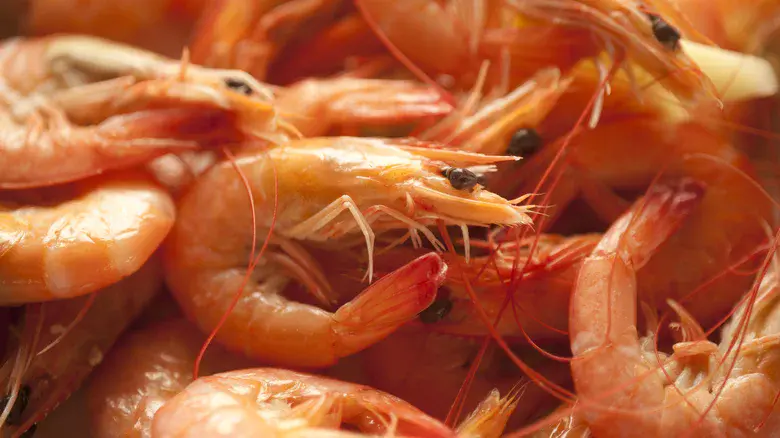Appearance and Size
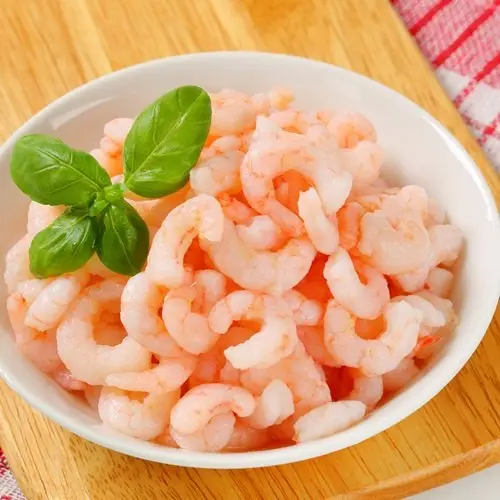
Krill and shrimp may look similar at first glance, but they have distinct differences in size and shape. Krill are much smaller than shrimp, typically measuring only a few centimeters in length, while shrimp can grow much larger, with some species reaching up to 20 cm. Krill have a translucent, slightly pink or reddish color, while shrimp can range in color from white to pink to orange, depending on their species. Krill’s body is segmented and more elongated, often appearing less robust than shrimp, which have a more pronounced, curved body shape with a well-defined tail.
Habitat and Distribution
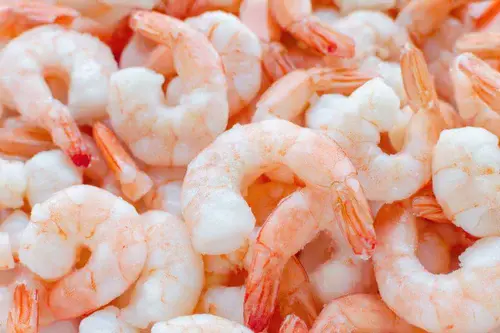
One of the most significant differences between krill and shrimp is their habitat. Krill are primarily found in cold ocean waters, especially in the polar regions, where they form large swarms. They are an essential part of the marine food web, feeding on phytoplankton. Shrimp, on the other hand, are more versatile in their habitat preferences and can be found in a variety of environments, including freshwater, saltwater, and even brackish waters. They inhabit coastal areas, deep-sea regions, and riverbeds, depending on the species. While both creatures are important for marine ecosystems, krill tend to thrive in colder waters, while shrimp can adapt to a broader range of temperatures.
Nutritional Differences
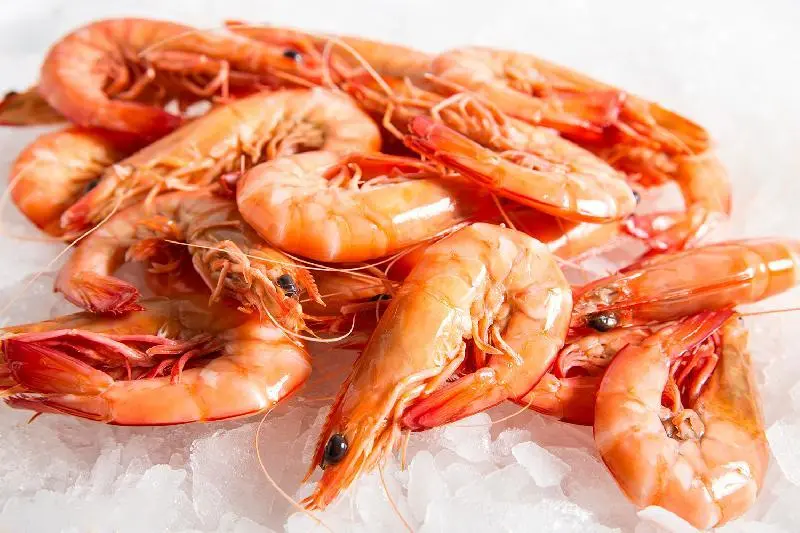
While both krill and shrimp are rich in protein and nutrients, they differ in their nutritional profiles. Krill are known for being a great source of omega-3 fatty acids, which are important for heart health. They also contain antioxidants like astaxanthin, a compound that gives them their reddish hue. Shrimp, while still a healthy choice, contain slightly lower levels of omega-3s and tend to be higher in cholesterol compared to krill. Additionally, krill oil, derived from the tiny crustaceans, is often used as a supplement for its high concentration of beneficial fats and antioxidants.
Ecological Role and Importance
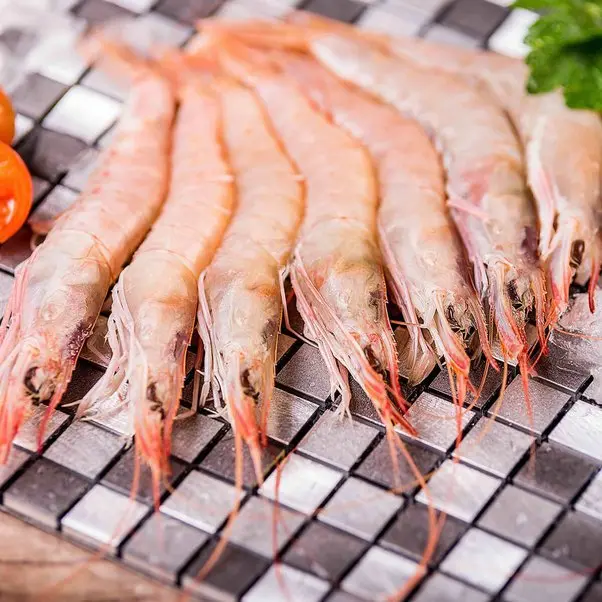
Krill play a more pivotal role in the marine food chain than shrimp. They are a primary food source for a variety of marine animals, including whales, seals, and fish. Their large swarms are crucial for sustaining many species in the ocean, especially in colder regions like Antarctica. Shrimp, while also important as a food source, do not form the same massive swarms and are more dispersed throughout various marine ecosystems. They are still vital to the food chain but tend to have a more localized impact compared to the wide-reaching influence of krill.
Recommended

Where Did The Tradition Of Easter Candy Originate?

Your Complete Guide To Starbucks' Coffee Sizes

Why Smoked Vanilla Ice Cream Reigns Supreme For Rich Desserts

Why Using The Right Tools Is Essential For Homemade Vegan Bologna
Next up

